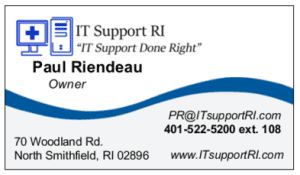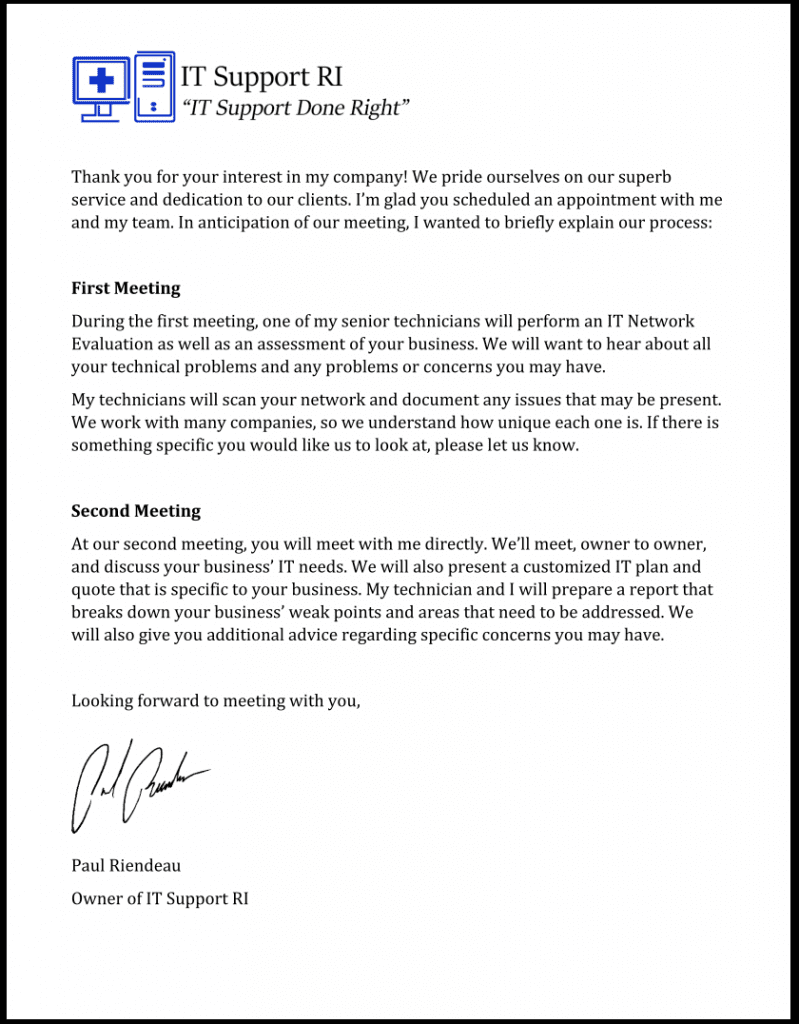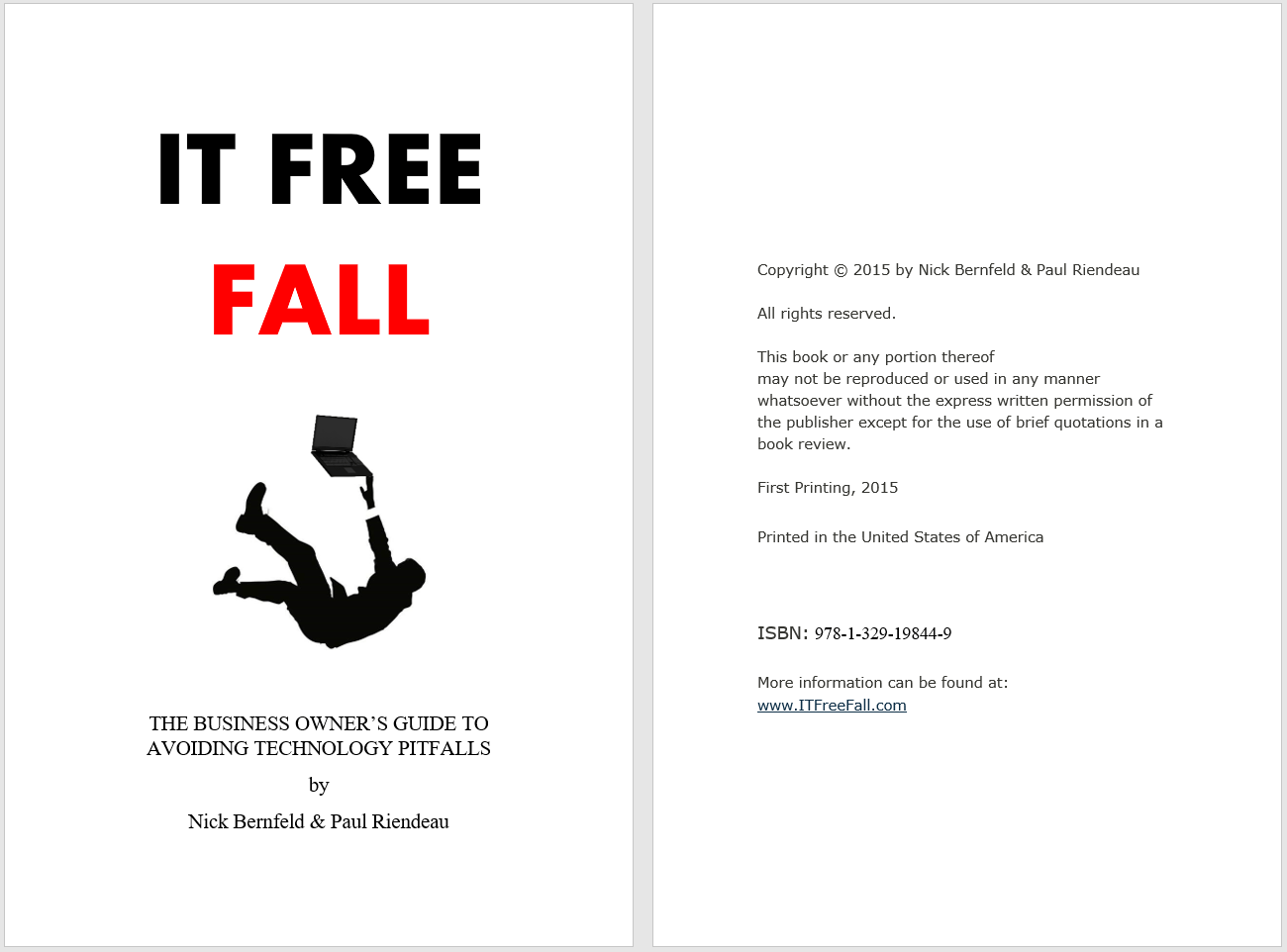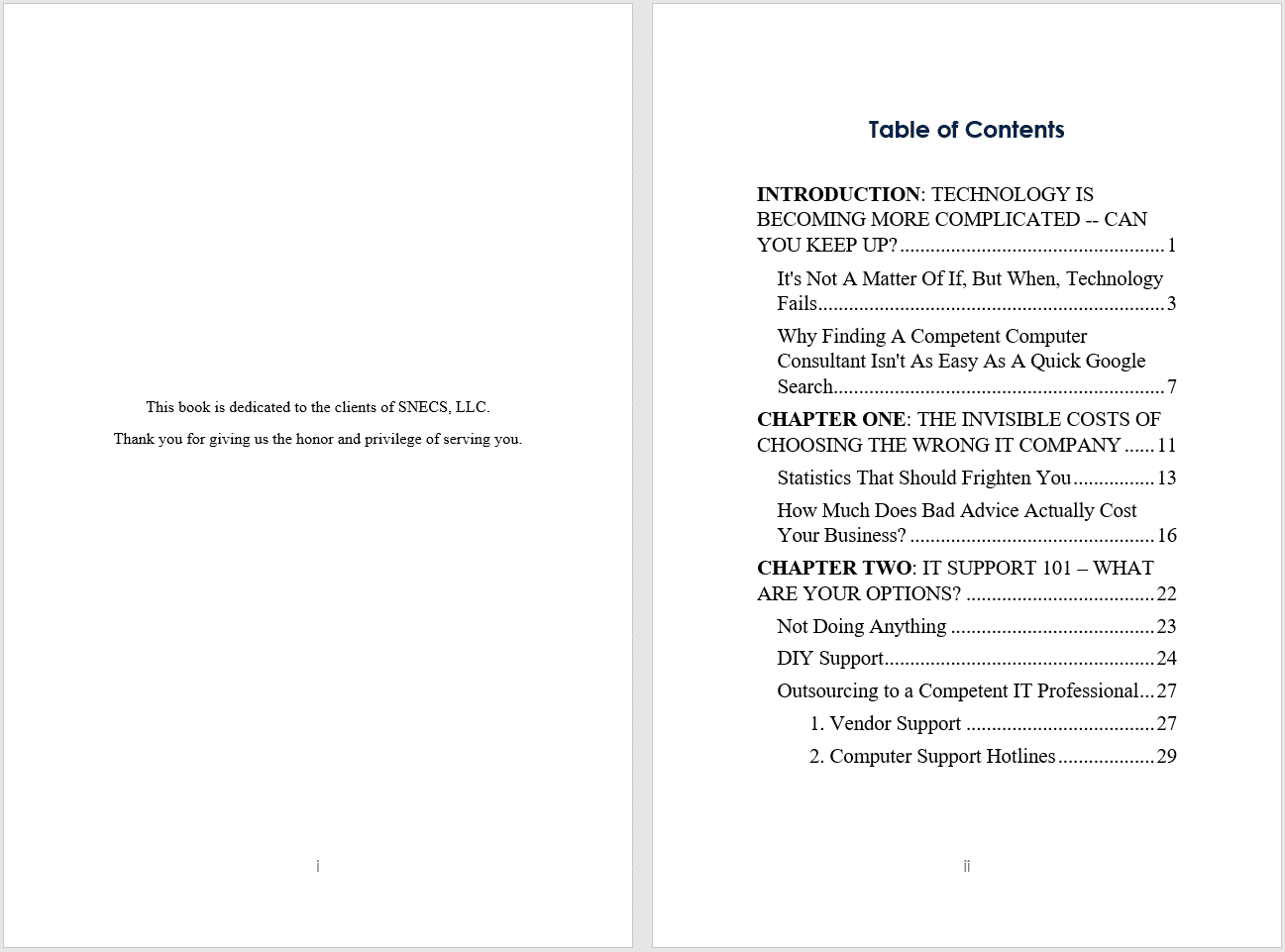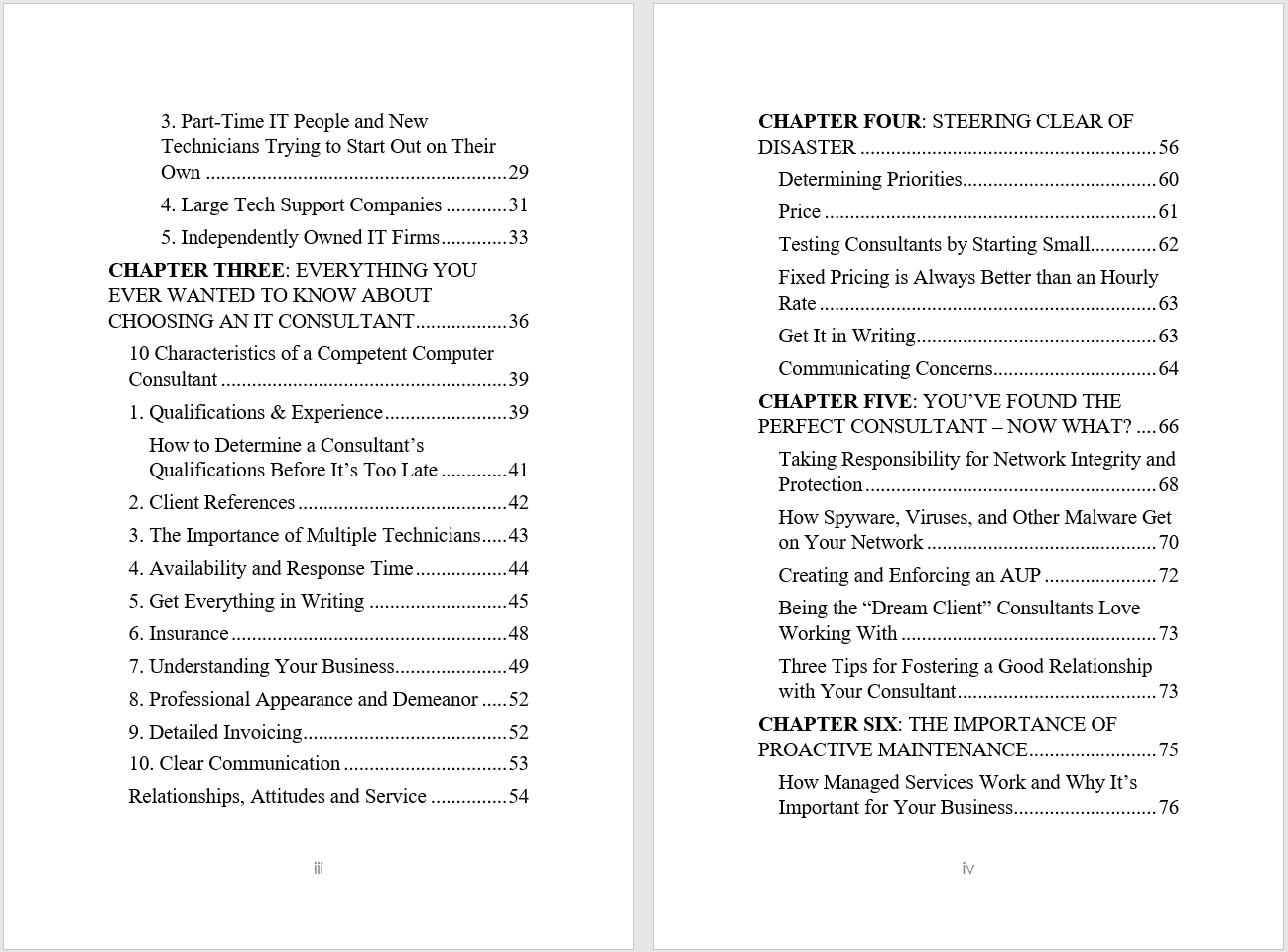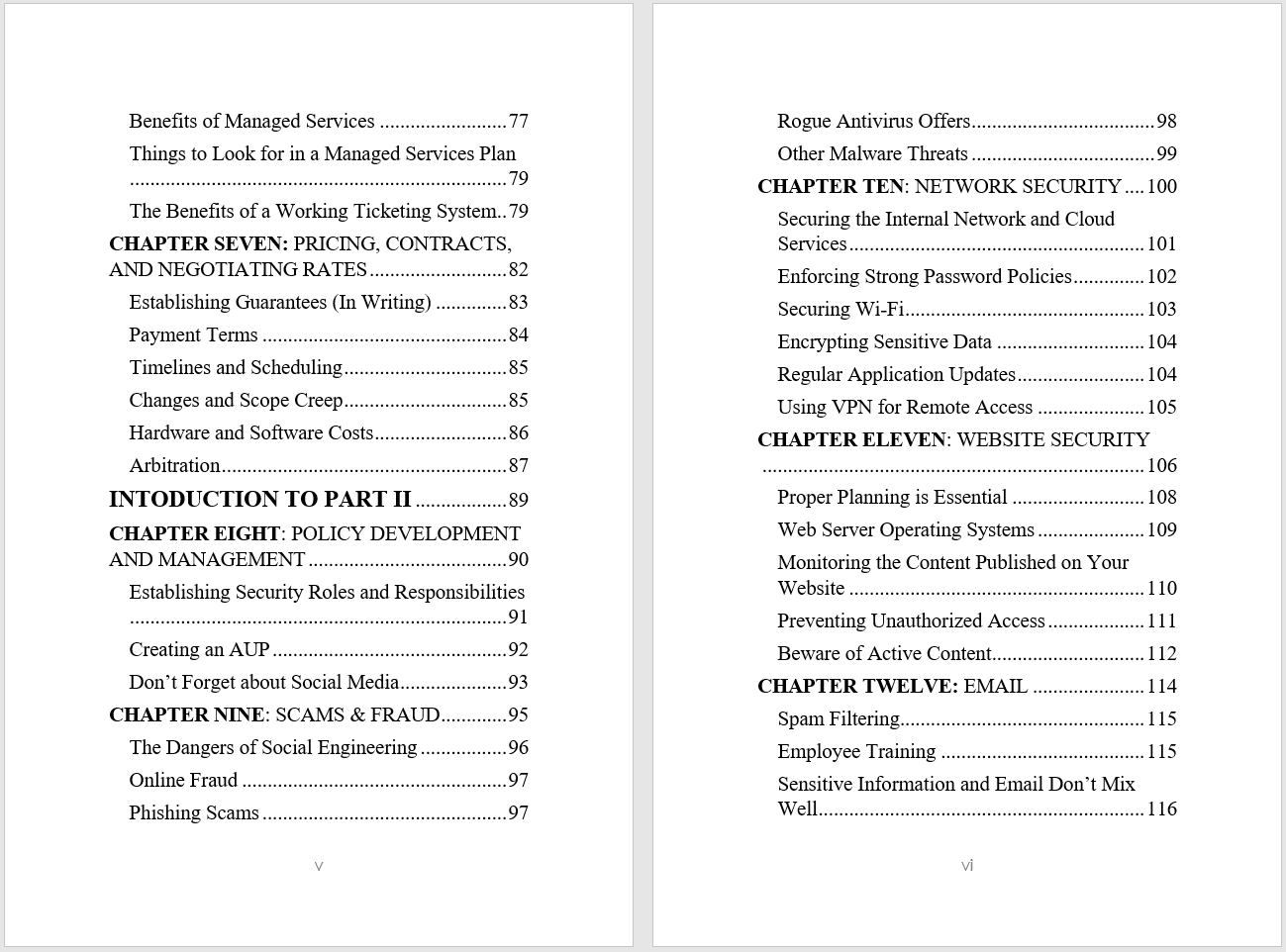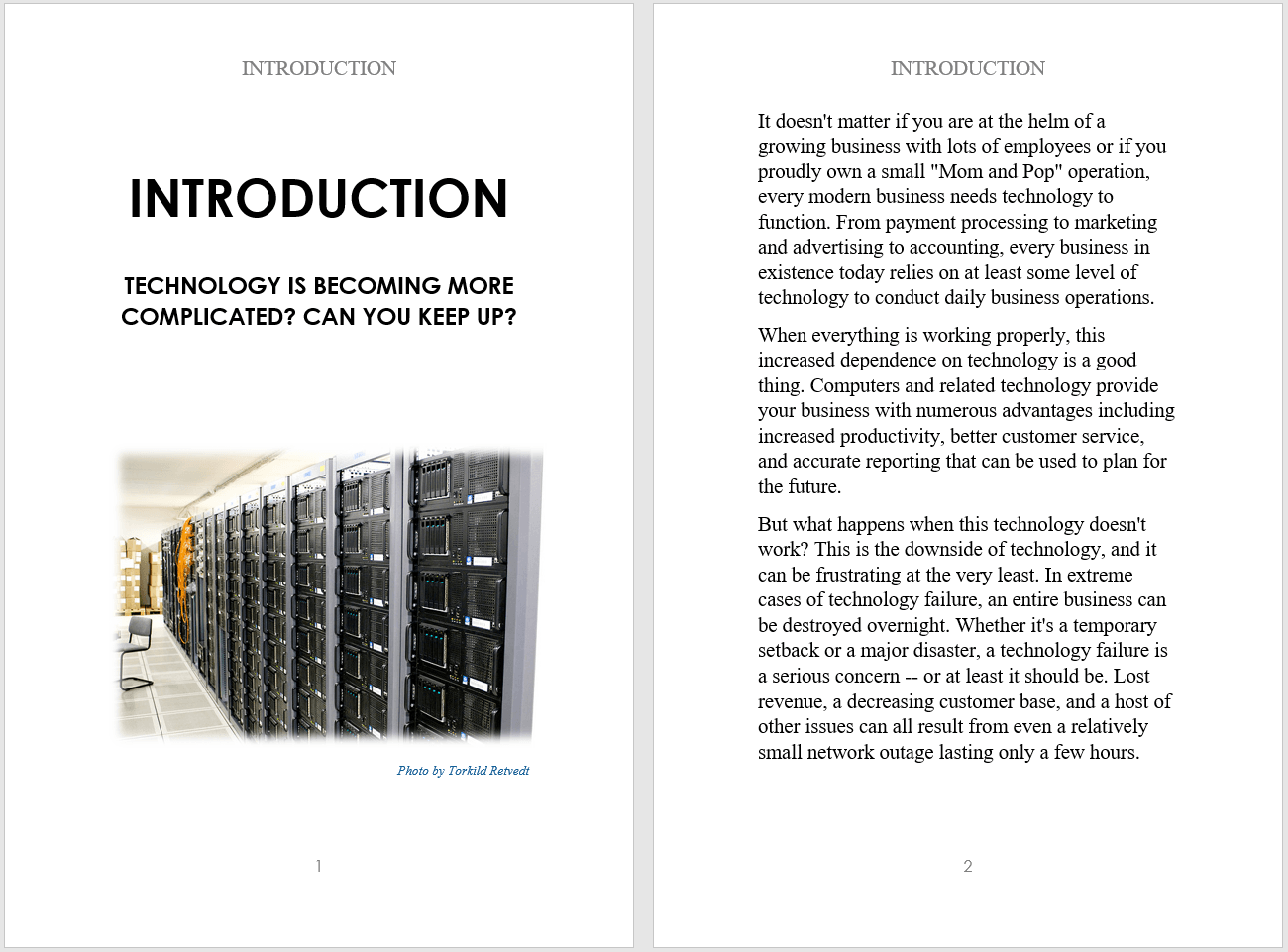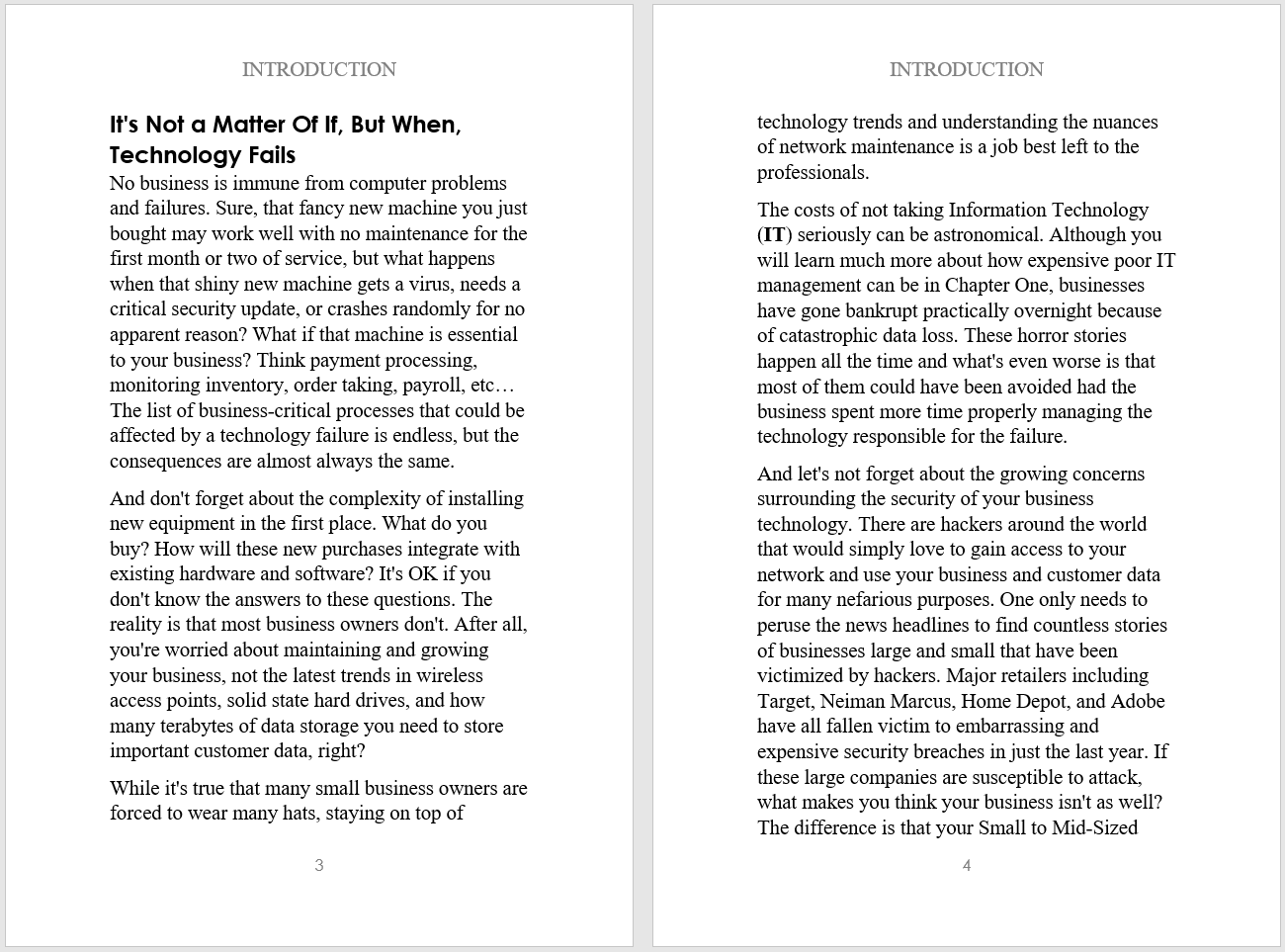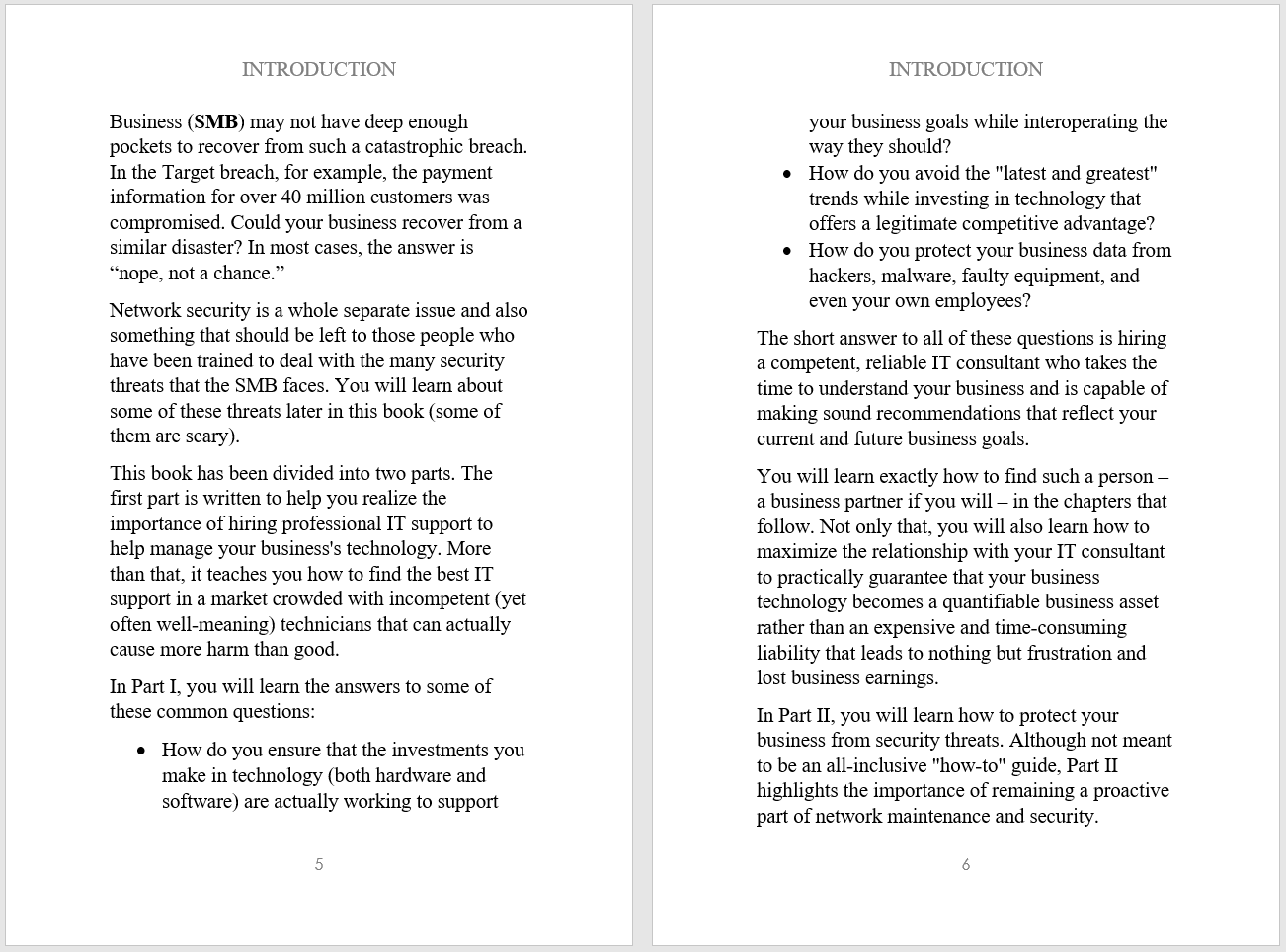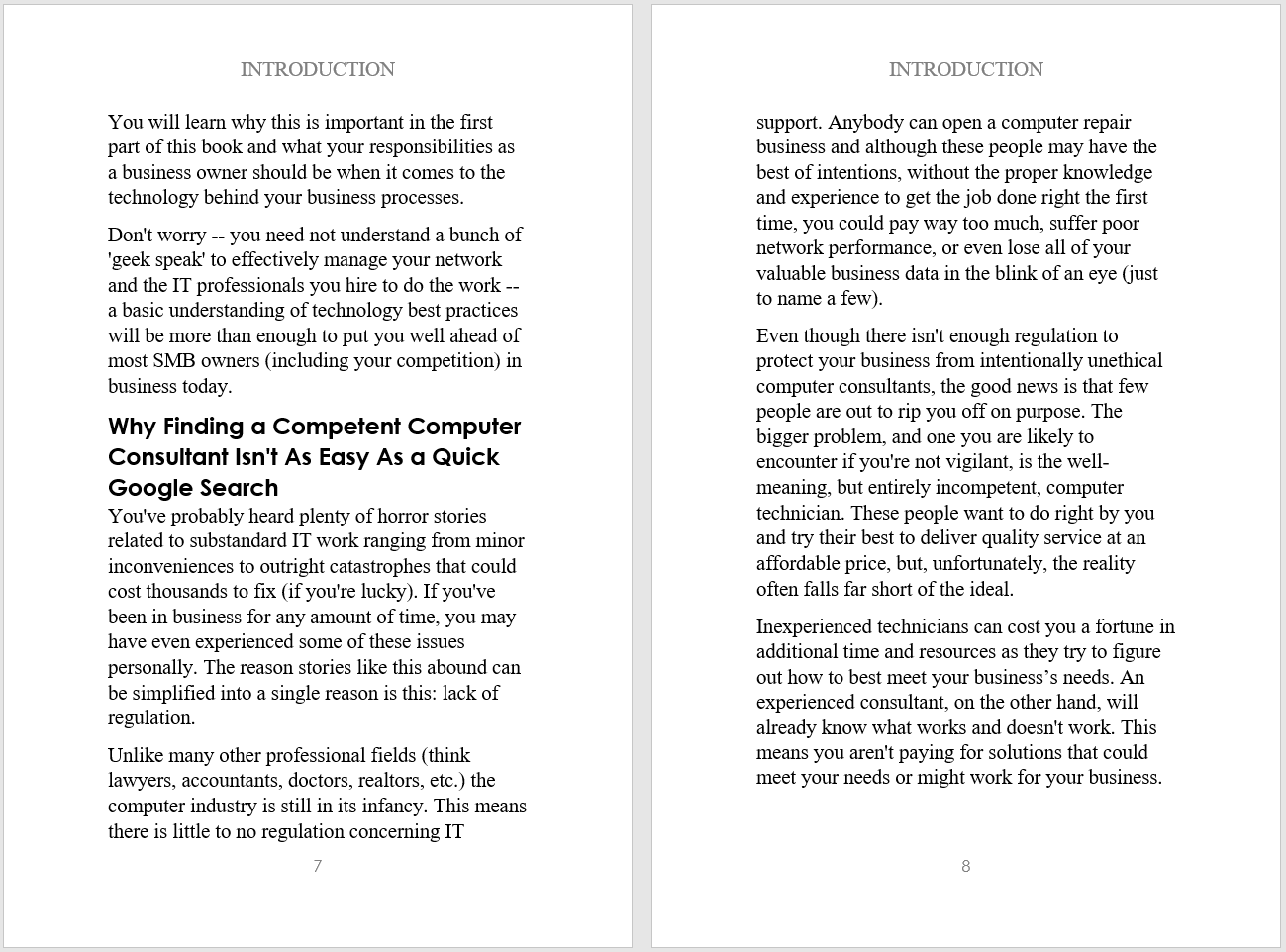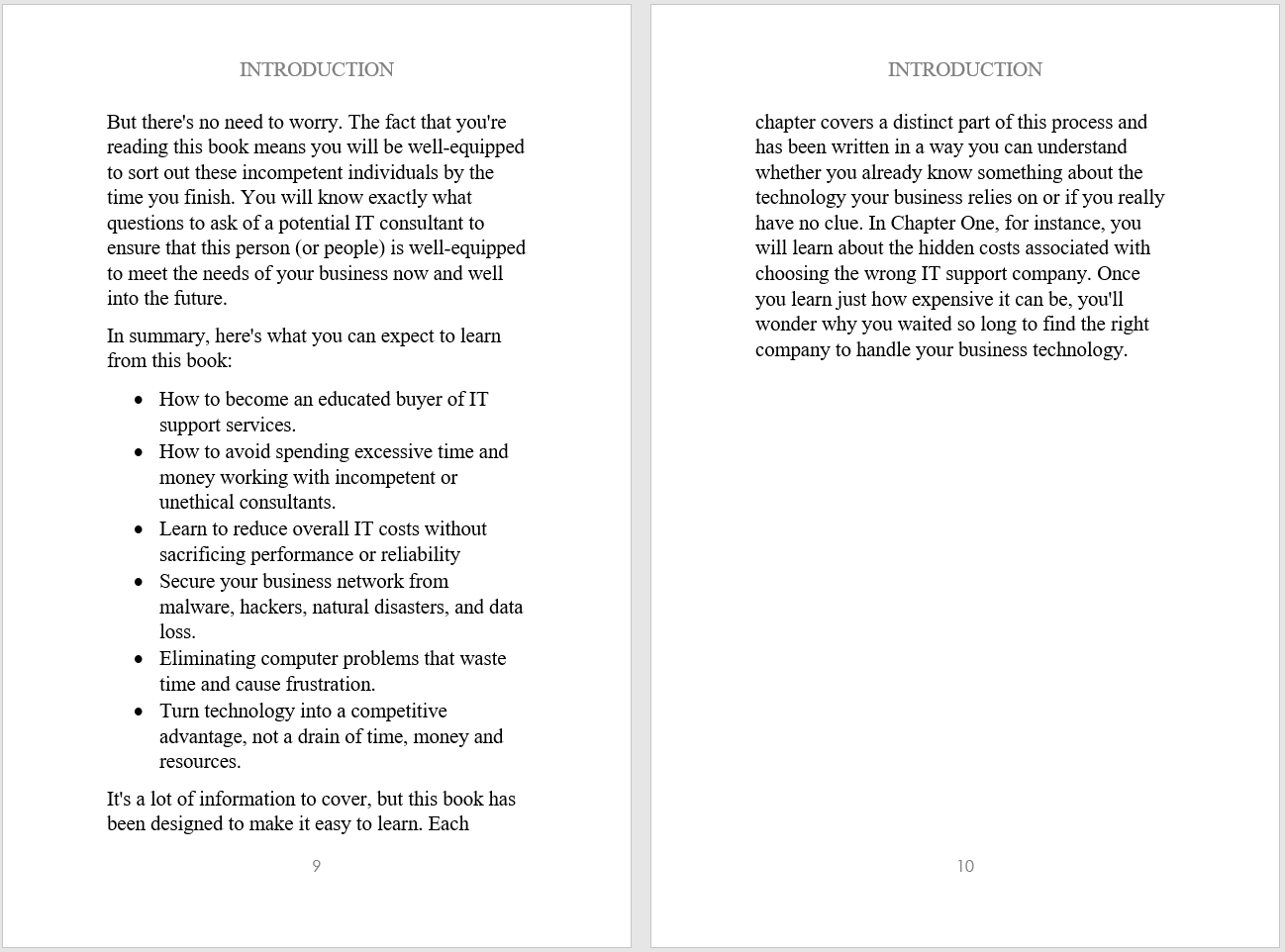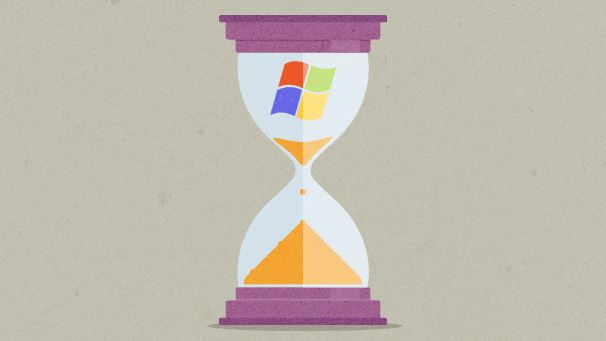
Windows 7 is one of the most popular and widely used operating systems. In fact, over 70% of businesses use Windows 7. Unfortunately, all good things must come to an end. After 10 years, Microsoft is pulling the plug on Windows 7 operating systems. Microsoft announced that the “end of life” date for Windows 7 is January 14, 2020. After this date, Microsoft will no longer support any systems running Windows 7.
What Does “End of Life” Mean?
“End of Life” is the deadline when a company stops offering support and updates for a piece of their hardware or software. When the product reaches its end of life, it will not receive critical updates, security patches, or bug fixes from Microsoft. After the end of life date, your Windows 7 systems are unprotected and unsafe to operate.
Will Your Computers Work?
Despite Microsoft ceasing support to Windows 7, your computers will technically continue to work. On January 15, 2020, your computer will turn on and operate, but you’ll be vulnerable to security holes, viruses, and bugs.
Long story short, if you continue using Windows 7 after the end of life date, your computers and your business are easy targets for cyberattacks.
The Solution?
For the safety of your business, you need to upgrade to a newer version of Windows. It’s essential for businesses to migrate or upgrade devices to a current operating system, like Windows 10. While January 2020 might seem far away, you need to start planning the move to Windows 10 now.
While some computers might need to upgrade to a newer version of Windows, there’s also the possibility that you’ll need to buy all new hardware. If you have multiple workstations, updating or replacing them will require a lot of time. You’ll need careful planning and budgeting to take on a project of this scale. Careful planning now can create a smooth transition later and help you avoid excess downtime during the switch.
If you have questions about your company’s infrastructure, identifying which systems need to be updated, or you want to start planning your transition, contact your account manager or give us a call.

